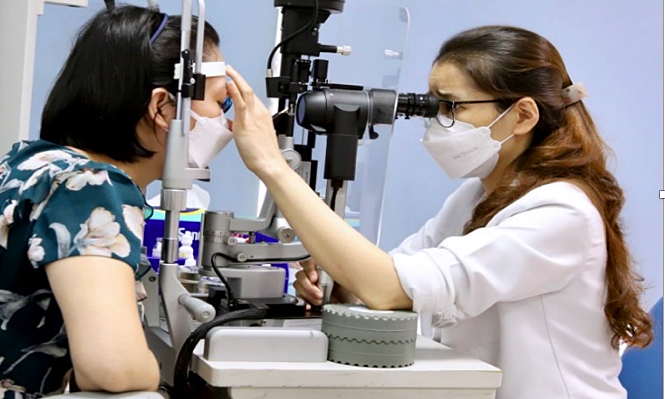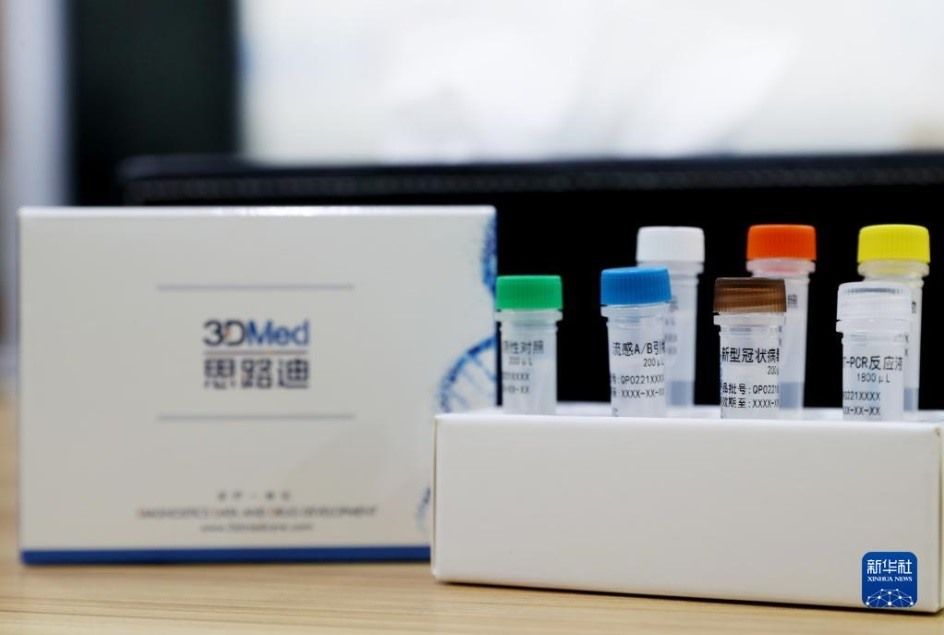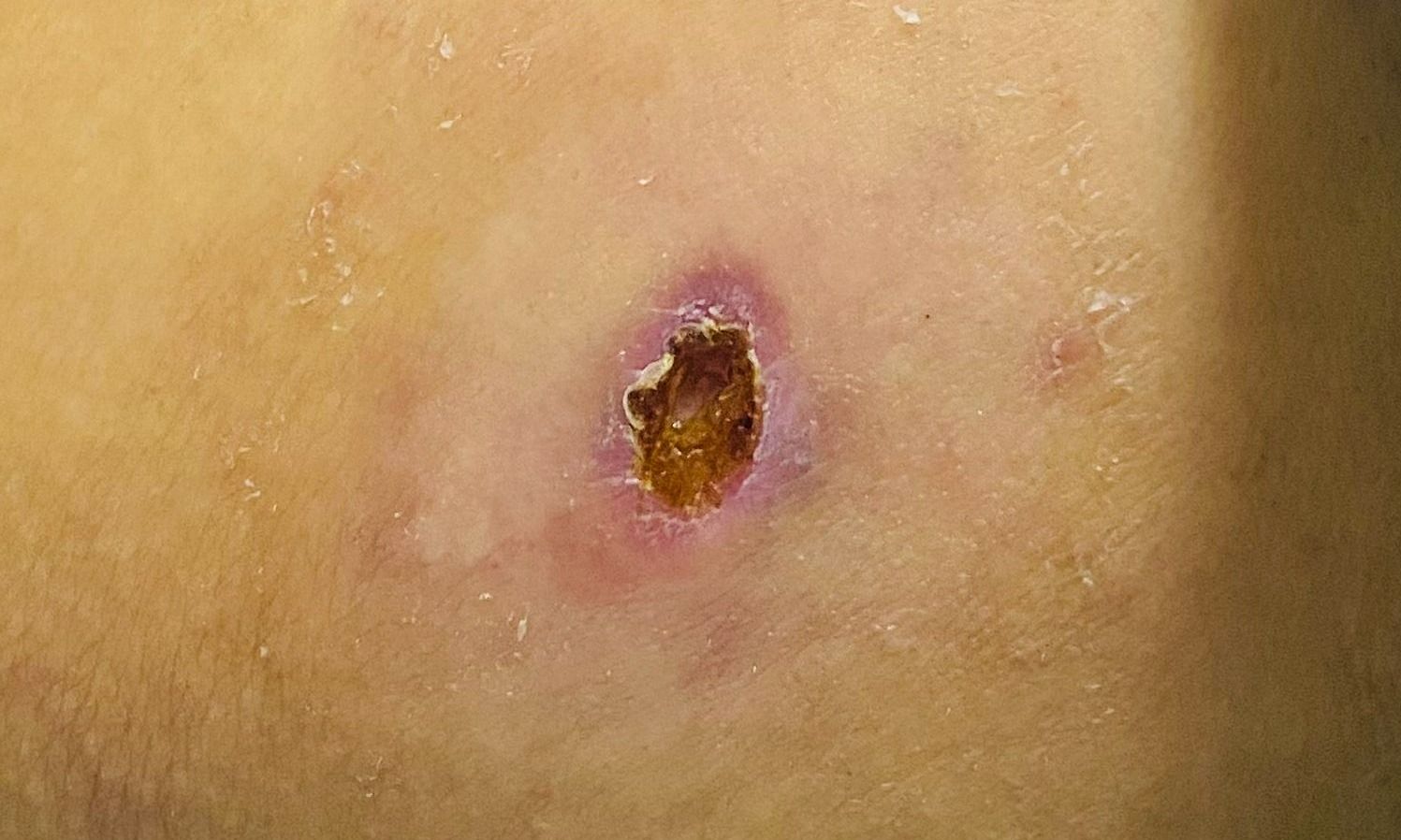Risk of blindness due to shingles in the eye
More than 2 weeks after the blisters on her skin began to subside due to shingles, the 50-year-old woman saw many similar blisters appear on her eyelids with decreased vision.
After an in-depth examination at the hospital, she was diagnosed with shingles in her eyes, requiring treatment to avoid affecting her vision. MSc. Dr. Mai Thi Anh Thu, Head of Examination Department, Hanoi Eye Hospital 2, said that shingles in the eye is caused by the Herpes Zoster virus, forming rashes that then develop into blisters like a burn. grow scattered or in strips around the eyes and eyelids.
When suffering from shingles, the patient may appear small blisters in many different locations on one side of the body such as the face, neck, back... Depending on the patient's condition when examined, the doctor will Indicate timely treatment methods.
Shingles can last from 2 to 6 weeks or longer if not treated early, properly and sufficiently. At first, the blisters will cause the patient discomfort and pain, then gradually burst, scab over and heal.
When a patient has shingles in the skin around the eyes, the virus can attack the structures of the eyeball, most commonly damage to the cornea. Patients feel eye strain, burning or stinging pain in the eyes, tearing, sensitivity to light, and decreased vision.
Like other diseases caused by viruses, the shingles virus can attack people with weak immune systems such as the elderly; People who had chickenpox as a child or some blood diseases, diabetes, cancer, meningitis, prolonged stress...
"Zona is a disease that can be cured, but if left too late and not treated promptly, it can cause long-term complications for the patient," Dr. Thu said, adding that shingles in the eyes can cause inflammation. Corneal ulcers and uveitis lead to reduced or loss of vision.

Therefore, Dr. Thu recommends that treating eye shingles early will help patients avoid dangerous eye complications, the most serious of which is blindness. When suffering from shingles, the patient should limit close contact with anyone, especially when the patient has blisters on the skin - which is the time when the virus that causes the disease is most infectious.
During the first 1-2 weeks, the red blisters may be itchy, painful and uncomfortable, but the patient should not touch or scratch vigorously, causing scratches or breaking the blisters, causing the virus to spread to surrounding skin areas. In particular, absolutely do not come into contact with children, the elderly, pregnant women or people with weak resistance.
"When suffering from shingles in the eyes, the patient should not worry too much, just follow the doctor's instructions to avoid dangerous complications affecting vision," Ms. Thu said. At the same time, patients need to be periodically monitored for 3-12 months to check vision, eye pressure, and cornea after shingles inflammation. People over 50 years old can prevent eye shingles by getting vaccinated against the disease.
* SOURCE: https://vnexpress.net/nguy-co-mu-loa-do-mac-zona-o-mat-4678638.html









 Facebook
Facebook
 Tweet
Tweet
 Zalo
Zalo







 News
News

















 Sign in with Facebook
Sign in with Facebook
 Sign in with Google
Sign in with Google